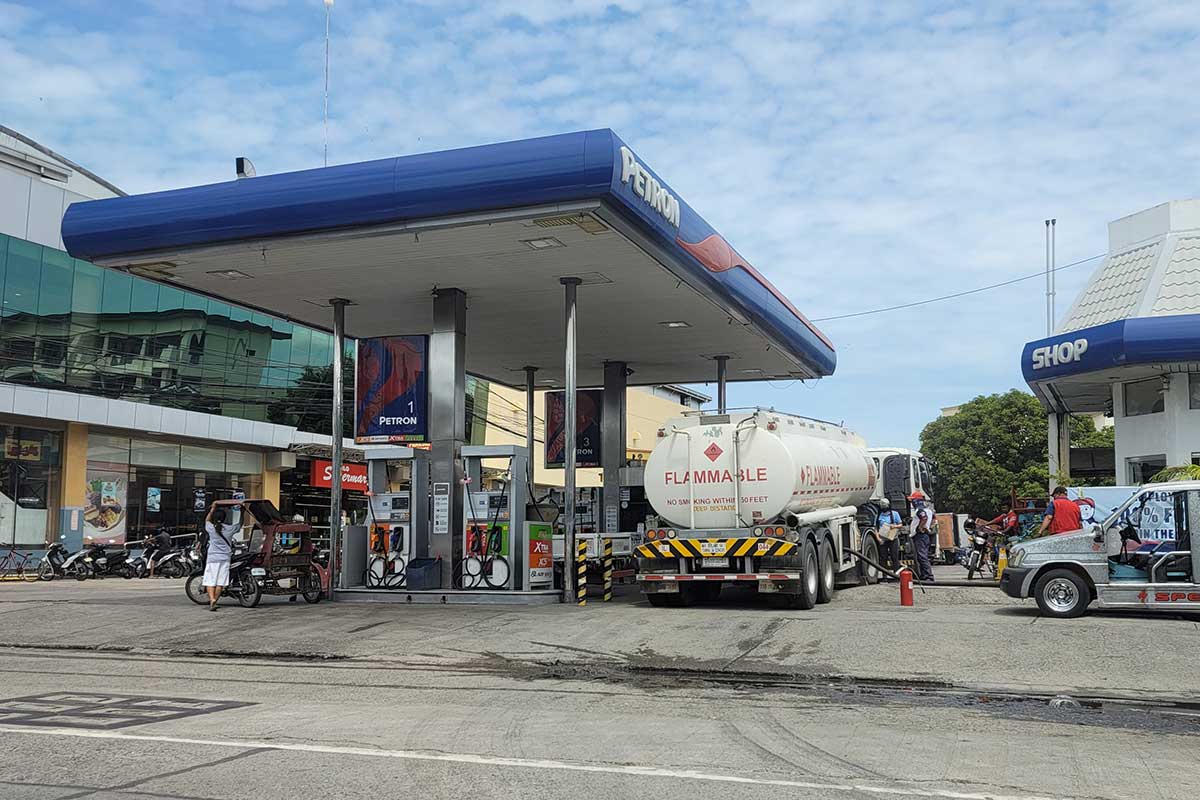
By Joseph B.A. Marzan
Spiraling prices of utilities and fuel pushed the inflation rate in Western Visayas to 7.4 percent in August 2022, based on data from the Philippine Statistics Authority’s monthly inflation report released on Sept 6, 2022.
The PSA data indicated that the regional inflation rate for Housing, Water, Electricity, Gas, and Other Fuels (HWEGOF) commodity group was at 6.6 percent in August 2022, a 4.2 percent jump from 2.4 percent in July 2022.
The current inflation rate in this commodity group is also higher than the 3.2 percent reported a year ago in August 2021.
Inflation refers to the rate of change or increase in the average prices of goods and services typically purchased by consumers. Inflation is better understood in the context of the consumer price index (CPI).
So, what’s CPI? Instead of checking the movement of price per item, economic analysts consolidate a list of often-purchased goods and lumped them into one figure called the CPI which represents the general cost of goods that consumers usually buy.
The CPI is usually thought of as a fixed basket of goods that a consumer purchases every market day.
Inflation, therefore, reflects an increase in the CPI. It shows us how the CPI has increased from last year, or from last month.
For example, if the price of an item increased from P100 in 2021 to P102 in 2022, the inflation rate is 2%.
In the case of the latest inflation rate in Western Visayas at 7.4 percent, an item that cost P100 in July 2022 increased by P7.40 in August.
Inflation can be felt by ordinary people through the purchasing power of the peso or the measure of the real value of the peso in a given period relative to a chosen reference period.
In August 2022, the PSA reported that the purchasing power of the Philippine peso saw a decline in the past three years due to inflation.
PSA chief and National Statistician Claire Dennis Mapa said the value of P1 in 2018 was equivalent to 86 centavos in July 2022.
This is lower than in June when P1 in 2018 was computed as only worth 87 centavos.
The PSA chief added that the purchasing power of the peso remained at 86 centavos in August 2022 as inflation slowed down to 6.3%.
OTHER FACTORS
While the HWEGOF registered the fastest increase, it is just one of the groups which contributed to August’s overall inflation rate of 7.4 percent, which is 0.5 percent higher than 6.9 percent in July 2022.
Inflation rates also rose on faster spikes in prices of other key commodity groups in August from their July rates (ranked by increase):
– Restaurants and Accommodation Services (6.2 percent from 5.0 percent);
– Recreation, Sport, and Culture (3.8 percent from 3.2 percent);
– Personal Care, Miscellaneous Goods and Services (3.3 percent from 2.7 percent);
– Alcoholic Beverages and Tobacco (11.2 percent from 10.7 percent);
– Education Services (4.8 percent from 4.2 percent);
– Furnishings, Household Equipment, and Routine Household Maintenance (3.4 percent from 2.9 percent);
– Information and Communication (1.7 percent from 1.2 percent); and
– Clothing and Footwear (2.1 percent from 2.0 percent).
The transport commodity group, which saw the most drastic rise in Western Visayas in July (17.3 percent), significantly eased in August to 14 percent.
The only other group to post a decrease was Food and Non-Alcoholic Beverages (8.5 percent from 8.7 percent).
Health (1.6 percent) and Financial Services (0.0 percent) maintained their rates between July and August 2022.
Western Visayas’ overall inflation rate in August is an inverse reflection of the national inflation rate (6.3 percent), which was a slight dip compared to 6.4 in July.
In a statement, the Bangko Sentral ng Pilipinas cited the decreases in meat, fish, and vegetables, as well as of domestic petroleum prices for the slower inflation rate.
The national rate was also within the BSP’s forecast range of 5.9-6.7 percent for August. The resulting year-to-date average inflation of 4.9 percent is above the government’s average inflation target range of 2.0-4.0 percent for the year.
By contrast, core inflation, which excludes selected volatile food and energy items to depict underlying demand-side price pressures, climbed to 4.6 percent in August from 3.9 percent in the previous month.
On a month-on-month seasonally adjusted basis, inflation slowed down to 0.4 percent in August from 0.6 percent in July.
Meanwhile, the rise in core inflation reflects the faster price increases of core goods, namely, sugar as well as oils and fats, both of which have reached double-digit inflation rates. Housing (rent), education, and passenger transport services inflation rates have also gone up, further contributing to the increase.



















